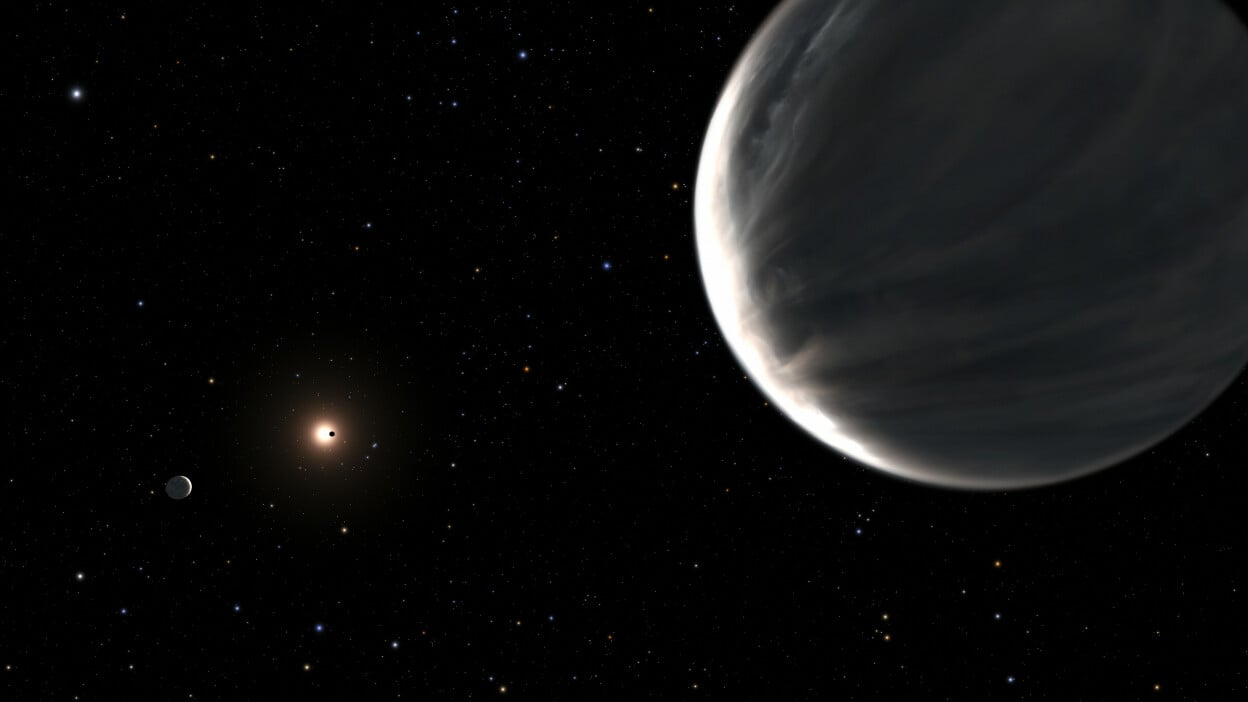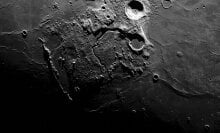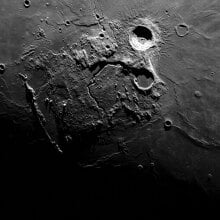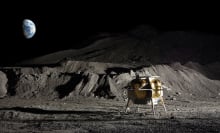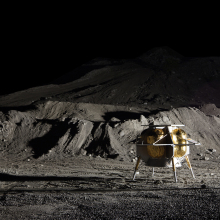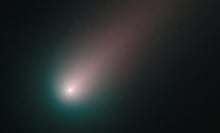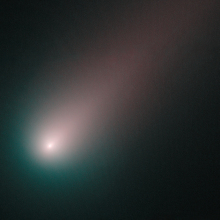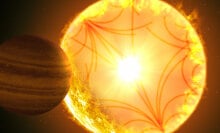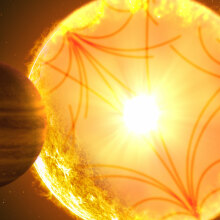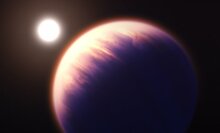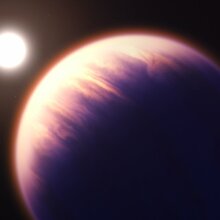Well, this is enthralling.
Astronomers have found well over 5,000 exoplanets, or planets beyond our solar system, and suspect there are likely over a trillion exoplanets in our Milky Way galaxy alone. Now, scientists have spotted two "water worlds" they think could be teeming with water. Water could compose up to half of these planets' mass.
(That's huge. For reference, Earth, which is blanketed in rich, biodiverse oceans, is still considered a relatively dry place, as just one percent of our planet's mass is water.)
"It is the best evidence yet for water worlds, a type of planet that was theorized by astronomers to exist for a long time," Björn Benneke, an exoplanet researcher at the University of Montreal who worked on the research, said in a statement. The research was published this week in the science journal Nature.
The planets are called Kepler-138 c and Kepler-138 d, named after NASA's Kepler Space Telescope, which identified thousands of exoplanets and revolutionized our grasp of what lies beyond our solar system, in the deep cosmos. These two water worlds inhabit a solar system 218 light-years away and are "unlike any planets in our Solar System," noted the European Space Agency.
The evidence for a "water world"
The Kepler telescope found these planets. But astronomers then peered deeper at these worlds with both the Hubble Space Telescope and NASA’s Spitzer Space Telescope. They found the exoplanets to be over three times the size of Earth, but much less massive, meaning they're considerably less dense. This is an intriguing observation: Until now, planets a little larger than Earth appear to be rocky worlds (aka "super-Earths"). Yet Kepler-138 c and Kepler-138 d more resemble the ice-covered moons in our solar system, like Jupiter's Europa and Saturn's Enceladus — a world that shoots plumes of icy particles into space. Planetary scientists suspect oceans may slosh under these moons' frozen shells.
But Kepler-138 c and Kepler-138 d are exposed to more heat energy than these ice-clad moons.
"Imagine larger versions of Europa or Enceladus, the water-rich moons orbiting Jupiter and Saturn, but brought much closer to their star," Caroline Piaulet, a scientist at the Institute for Research on Exoplanets at the University of Montreal who led the research, said in a statement. "Instead of an icy surface, they would harbour large water-vapour envelopes." ("Water-vapour envelopes" references an atmosphere with lots of water in the air. And Kepler-138 d is extremely hot, so its atmosphere could be steamy.)
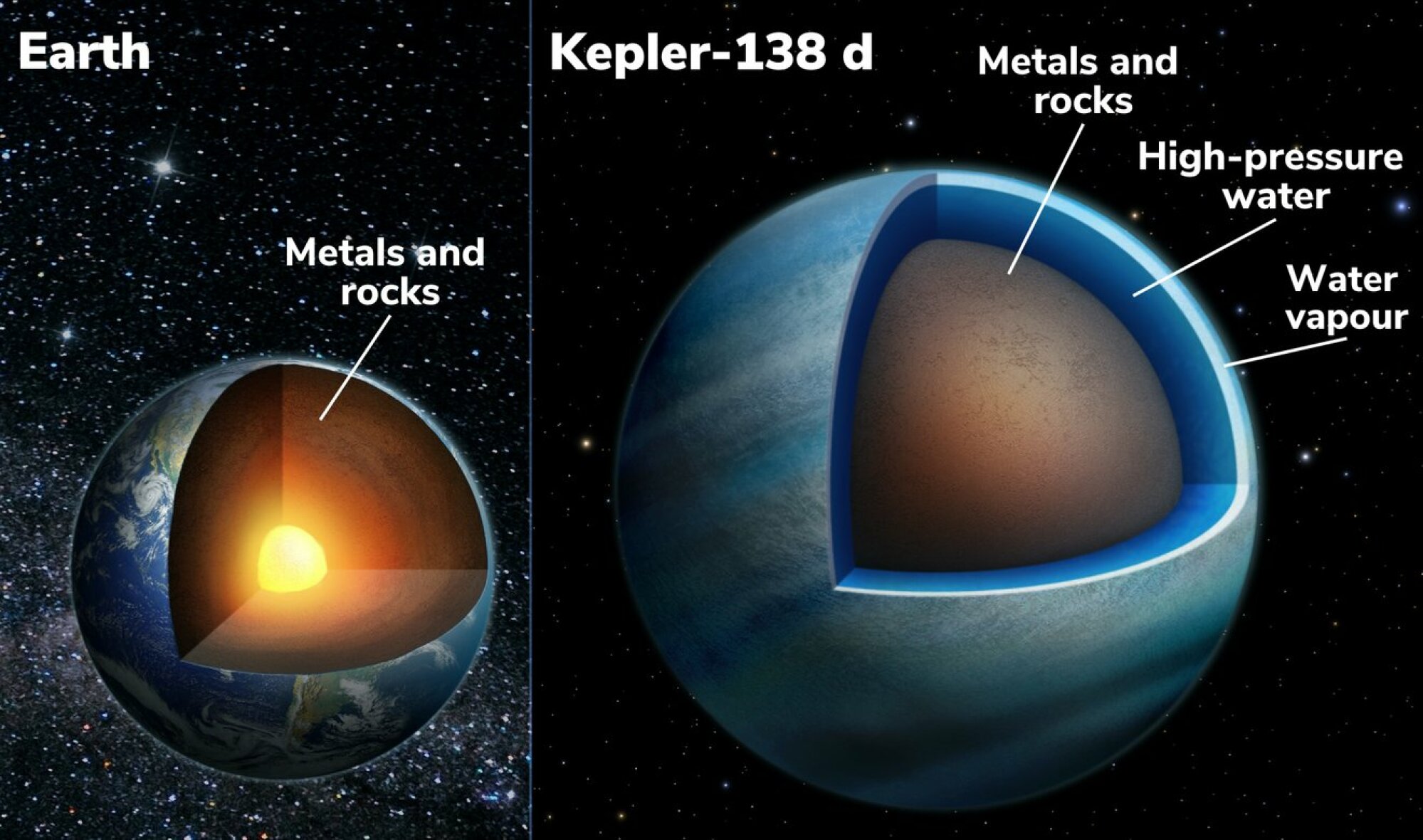
Tweet may have been deleted (opens in a new tab)
Importantly, these latest Kepler-138 c and Kepler-138 d observations did not directly identify water on the planets. But simulations of what these worlds are like — based on their mass, size, and other factors — suggest they're composed of "materials that are lighter than rock but heavier than hydrogen or helium," the European Space Agency explains. "The most common candidate material is water."
"It is the best evidence yet for water worlds."
Next, however, the most powerful space telescope in existence, the James Webb Space Telescope, will peer at these suspected water worlds. One of the telescope's primary missions is to reveal the atmospheres of distant exoplanets. Using equipment called spectrometers, the Webb can detect important elements and molecules in a distant world's clouds.
Astronomers expect to be surprised by what they find in diverse alien worlds, and as these water worlds show, the surprises have already begun. "We might learn things we never thought about," Mercedes López-Morales, an exoplanet researcher and astrophysicist at the Center for Astrophysics-Harvard & Smithsonian, told Mashable in 2021.
Stay tuned for what comes next.
"Now that we have securely identified the ‘water-world’ Kepler-138 d, the James Webb Space Telescope is the key to unveiling the atmospheric composition of such an exotic object," Daria Kubyshkina, a researcher at the Austrian Academy of Sciences, said in a statement. “It will give us critical information enabling us to compare the composition of the icy moons of the solar system with that of their larger and heavier extrasolar [or beyond our solar system] counterparts."
This story was originally published on Dec. 17. It has been updated with additional information.
